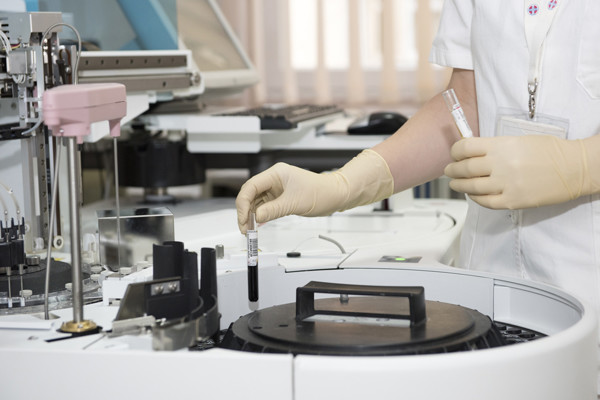Every DNA counts – and we would know
The National Measurement Laboratory at LGC turned 30 years old this year, and to celebrate we’ve been looking back at notable accomplishments, and looking at where we are now. Clinical measurement is one field where our scientists have excelled and innovated throughout our time.

Clinical measurement “is the development, use, on-going support, and maintenance of technology for diagnosing, aiding or treating patients.” Modern medicine wouldn’t be possible if we couldn’t rely on the accuracy of clinical tests and diagnosis. Poor measurement can lead to misdiagnosis, incorrect prescription and dosage of medicine, or false interpretation of data. Therefore, reliable certified reference materials are absolutely necessary to ensure the quality and accuracy of clinical measurement.
Throughout the last 30 years, the National Measurement Laboratory (NML) at LGC has worked in this area to ensure that testing methods and reference materials are of the highest quality.
In one case study from 2006¹, scientists in the NML developed isotope dilution liquid chromatography-mass spectrometry (IDMS) methodologies that were then used to generate reference values for clinical reference materials (CRM), some of which led to the analysis of creatine in frozen serum and testosterone in frozen serum CRMs.
In another blog post, we outlined the work we’ve done to improve Alzheimer’s diagnosis, which could lead to techniques for earlier diagnosis of the disease, and in another, we illustrate the importance of harmonising newborn blood sport screening tests to ensure infants are diagnosed and treated early so that they can live as normal lives as possible.
An important part of working in the field of clinical medicine and measurement is communicating our knowledge with other scientists and medical professionals to ensure that good measurement is being performed consistently across the board. We have worked with the NHS and England’s Chief Scientific Officer Sue Hill on doing just that as part of the Knowledge Transfer Partnership Programme, which aims to improve patient care through new approaches to measurement.
And now, our scientists can even count DNA and measure changes to that DNA over time. Identification and targeting of specific genetic sequences forms the basis of many promising advanced healthcare solutions such as: precision (personalised) medicine in cancer, gene therapies to end genetic disorders in children and the detection of pathogenic and non-pathogenic bacteria in a wide spectrum of infectious and autoimmune diseases.
However, the new methods and technologies currently being developed will only achieve their full potential if we can ensure they are safe and can be reproduced. High accuracy reference methods are one of the key factors in supporting their development into routine application.
Using tests for guiding treatment of colorectal cancer as a model, our scienists outlined in a paper published in Clinical Chemistry how a range of dPCR assays and platforms compared and how precisely they measured the cancer mutation. An inter-laboratory study of clinical and National Measurement Institute laboratories demonstrated reproducibility of the selected method. Together these results reveal the unprecedented accuracy of dPCR for copy number concentration of a frequently occurring gene mutation used to decide on drug treatment.
This study has shown that using high-accuracy dPCR measurements can support the traceable standardisation, translation and implementation of molecular diagnostic procedures that will advance precision medicine.
All of this just goes to show you how far we’ve come in 30 years!
¹VAM Bulletin, Issue 35, Autumn 2006, pp 13. ‘Case Study 3: IDMS certification of clinical reference materials using LC-MS/MS”
